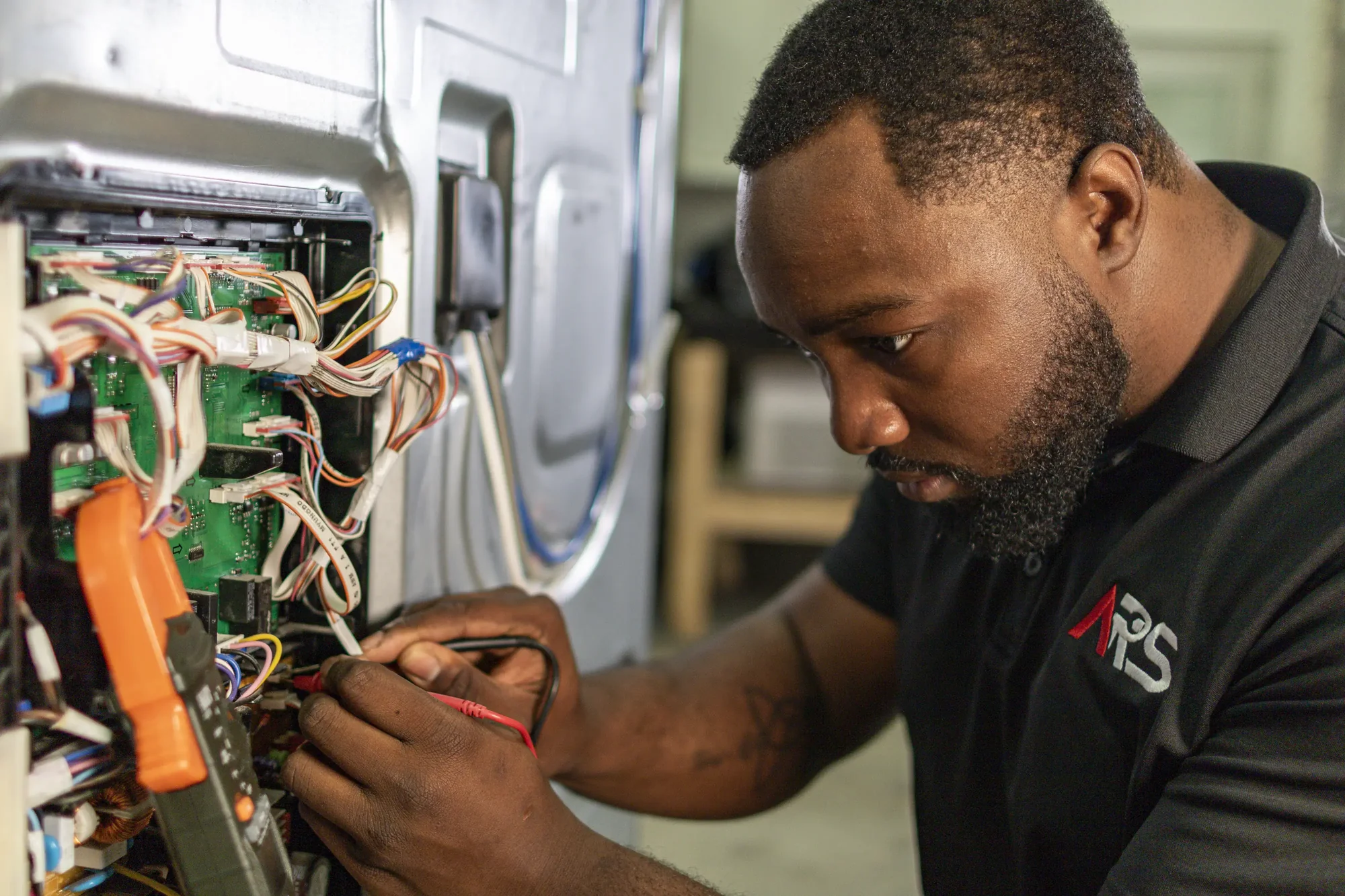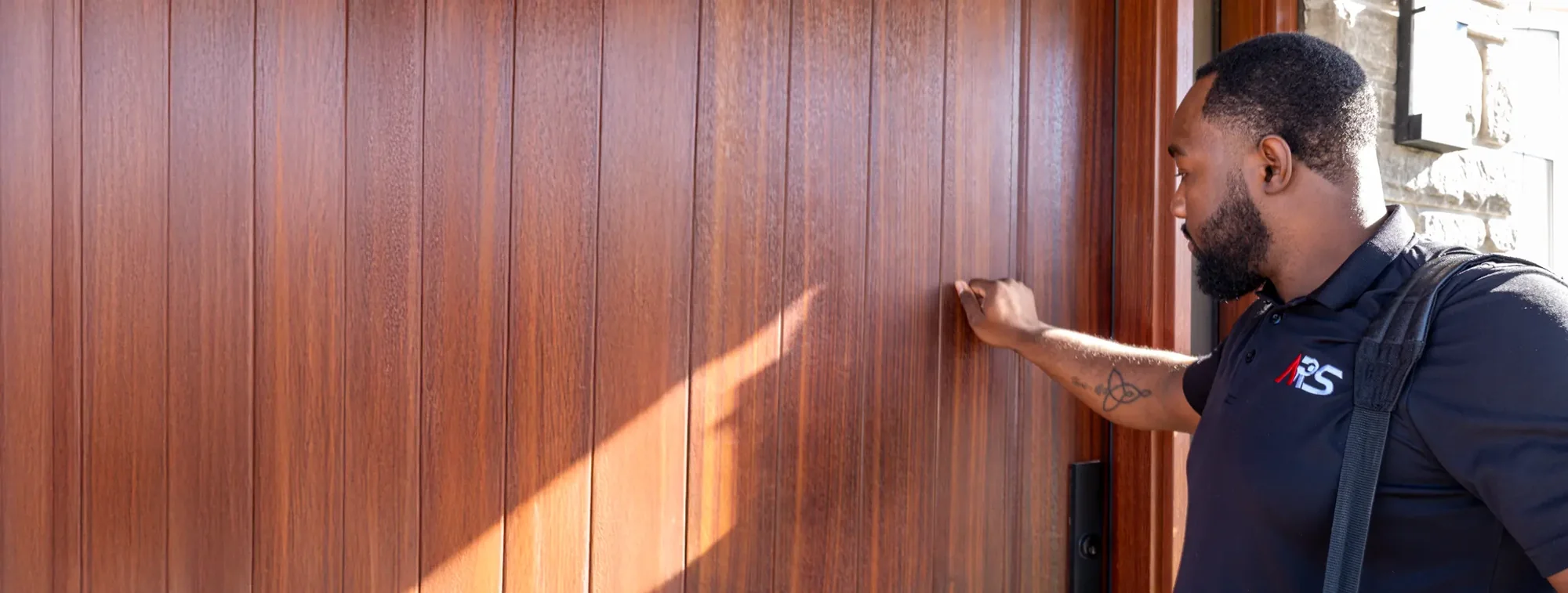Certified AEG Appliance Technicians in Ontario
European-quality appliance service for Toronto, the GTA, and 70+ Ontario communities
AEG appliances are known for precision engineering, sleek European design, and advanced induction and convection systems. When an AEG wall oven stops heating evenly or an induction cooktop refuses to activate, repairs must be performed by technicians who understand the brand’s unique systems and control logic.
ARS Repair and Installation Services Inc. provides expert AEG appliance repair across Ontario, serving homes, condos, and high-performance kitchens where AEG products are frequently installed.
We repair everyday AEG appliances as well as luxury cooking and laundry units.
AEG Appliance Repair Services We Offer
Our technicians handle the full AEG lineup with structured diagnostics and manufacturer-aligned repair methods.
AEG Oven & Wall Oven Repair
Heating issues, convection failures, temperature inaccuracy, and control problems on AEG built-in and wall ovens.
AEG Cooktop Repair
Induction faults, burner failures, ignition issues, and control malfunctions on AEG cooktops.
AEG Range Repair
Uneven heating, burner issues, electronic faults, and temperature problems on AEG gas and electric ranges.
AEG Dishwasher Repair
Drainage issues, leaks, poor cleaning, noise, and cycle problems on AEG dishwashers.
AEG Refrigerator Repair
Cooling loss, temperature drift, sealed system problems, sensor faults, and door seal issues on AEG built-in refrigeration units.
AEG Washer Repair
Drain faults, spin issues, control errors, leaks, and vibration problems on AEG front-load washers.
AEG Dryer Repair
No heat, moisture sensor faults, long dry times, drum issues, and control failures on AEG dryers.
Why Professional AEG Repair Matters
AEG appliances use advanced European components, including induction modules, thermistors, variable-speed fans, and tightly controlled electronic systems. Improper repair can lead to performance loss or further electrical issues.
Expert repair helps:
- Maintain correct temperatures in ovens and built-in fridges
- Prevent electrical faults in induction and electronic control systems
- Restore efficiency and performance in AEG washers and dryers
- Prevent water damage from dishwasher leaks or drainage failures
- Extend the lifespan of premium AEG appliances
Every repair includes safety checks and full functional testing.

Why Choose ARS Repair for AEG Appliance Service
- Technicians trained in European appliance platforms
- Licensed, insured, and WSIB-covered
- High first-visit repair completion rates
- Transparent flat-rate pricing with no hidden fees
- OEM and equivalent-grade parts available
- Labour and parts warranty included
- Experience with both new and legacy AEG models
We deliver clear communication, careful diagnostics, and results that meet AEG expectations.

Emergency AEG Appliance Repair
AEG Appliance Installation Services
We install:
- AEG wall ovens and built-in ovens
- AEG induction, electric, and gas cooktops
- AEG dishwashers
- AEG ranges
- AEG washers and dryers
- AEG built-in refrigeration (where available)
Installation includes leveling, connection checks, safety tests, and operation verification.
AEG Appliance Maintenance Services
European appliances benefit from routine preventive care to stay efficient:
- Oven and cooktop heating/ignition tests
- Dishwasher spray arm and filter cleaning
- Washer pump, gasket, and hose inspection
- Dryer airflow and moisture sensor checks
- Refrigerator condenser cleaning and gasket testing
Maintenance is ideal for high-use homes and premium kitchens.
AEG Parts Supply & Replacement
We provide OEM and equivalent-grade AEG parts:
- Induction modules
- Heating elements and thermostat probes
- Fans, motors, and blowers
- Control boards and user interfaces
- Door gaskets and hinges
- Water valves, pumps, and spray arms
- Sensors, switches, and fuses
- Cooktop ignition systems
Confidence in Your AEG Appliance Repair
Our technicians are:
- Trained on AEG and other European systems
- WSIB insured and fully licensed
- Experienced with premium and built-in AEG models
- Equipped with digital diagnostic tools
- Committed to high-standard workmanship and safety
Every repair includes documentation, warranty support, and functional testing.
How We Make AEG Appliance Repairs Easy
Book Your Technician
We dispatch a trained AEG technician with tools and common components for your appliance.
Diagnosis & Flat-Rate Estimate
We locate the issue, explain it clearly, and provide a transparent flat-rate quote before repair.
Professional Repair & Warranty
Your AEG appliance is repaired using approved parts, tested thoroughly, and backed by our warranty.

Honest Estimates and Upfront Pricing for AEG Repair
We diagnose your AEG appliance, explain the findings in clear language, and provide a flat-rate price before any work begins. If repair is not cost-effective, we will tell you.
Who We Serve
- Homeowners and condo residents
- Landlords & property managers
- High-end kitchens and built-in appliance setups
- Light commercial or boutique kitchens
- Real estate professionals preparing listings
Top AEG Models We Service
We frequently repair Canada-available AEG models such as:
- Ovens: BPK742320M, BPK742220M, BPK744R21M
- Cooktops: IKE64441FB, IKE95471FB, HG654550SM
- Dishwashers: FFB63700PM, FFB62610PM
- Ranges: CCB6740ACB, CCB6741ACM
- Washers/Dryers: L7WBG751R (combo), L8WEC166R (where available)
If your model is not listed, we can confirm support with a quick model-number check.


